
Plant transpiration is a crucial process that facilitates the movement of water within plants and contributes to their overall health. It involves the evaporation of water from plant leaves, stems, and flowers, primarily occurring through small openings called stomata. This biological phenomenon plays a significant role in maintaining plant temperature, nutrient uptake, and photosynthesis efficiency. Understanding plant transpiration and its relationship with humidity is essential for gardeners, farmers, and botanists aiming to optimize plant growth and productivity.
What is Plant Transpiration?
Transpiration is the process by which moisture is carried through plants from the roots to small pores on the underside of leaves, where it changes to vapor and is released into the atmosphere. This process serves several critical functions, including cooling plants, enabling the uptake of minerals and nutrients, and maintaining the flow of water from the roots to the leaves. The rate of transpiration is influenced by several environmental factors, such as temperature, light, wind, and humidity.
The Role of Humidity in Plant Transpiration
Humidity, or the amount of water vapor in the air, directly affects the rate of plant transpiration. In high humidity environments, the air is already saturated with moisture, reducing the rate at which water evaporates from the plant’s surface. Conversely, low humidity levels increase the rate of transpiration as the surrounding air has a higher capacity to absorb moisture. Understanding and controlling humidity levels is critical for maintaining optimal plant health and preventing stress that could lead to wilting or reduced growth.
How to Control Humidity for Optimal Plant Growth
Controlling humidity levels is essential for creating an environment conducive to plant growth. Here are some strategies to maintain appropriate humidity levels:
1. Use of Humidifiers and Dehumidifiers
Depending on your climate and the specific needs of your plants, utilizing humidifiers or dehumidifiers can help maintain ideal humidity levels. Humidifiers add moisture to the air, which can be beneficial in dry environments, while dehumidifiers remove excess moisture in humid regions.
2. Strategic Watering
Adjusting watering schedules can also impact humidity levels. Overwatering can lead to excessive humidity, while underwatering may cause a dry environment. Monitoring soil moisture and watering appropriately can help maintain balance.
3. Ventilation
Ensuring adequate airflow around plants can help regulate humidity levels. Proper ventilation reduces the risk of mold and mildew growth, which thrive in high humidity conditions.
Conclusion
Understanding and managing plant transpiration through humidity control is vital for ensuring healthy plant growth. By recognizing the relationship between humidity and transpiration, gardeners and farmers can create environments that support optimal plant health, leading to improved growth and productivity.
Plant transpiration is a crucial process that facilitates the movement of water within plants. Transpiration involves the evaporation of water from plant leaves, stems, and flowers. Humidity directly affects the rate of plant transpiration. Controlling humidity levels is essential for creating an environment conducive to plant growth. Understanding and managing plant transpiration through humidity control is vital for ensuring healthy plant growth. 
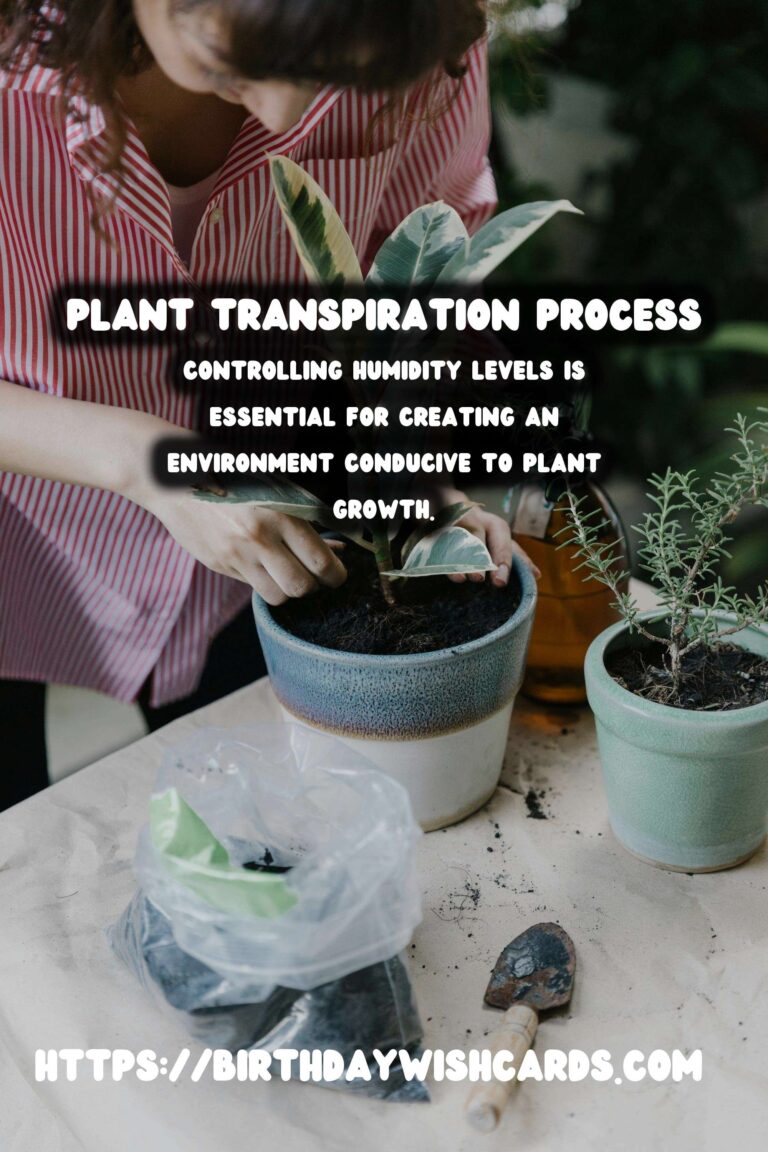
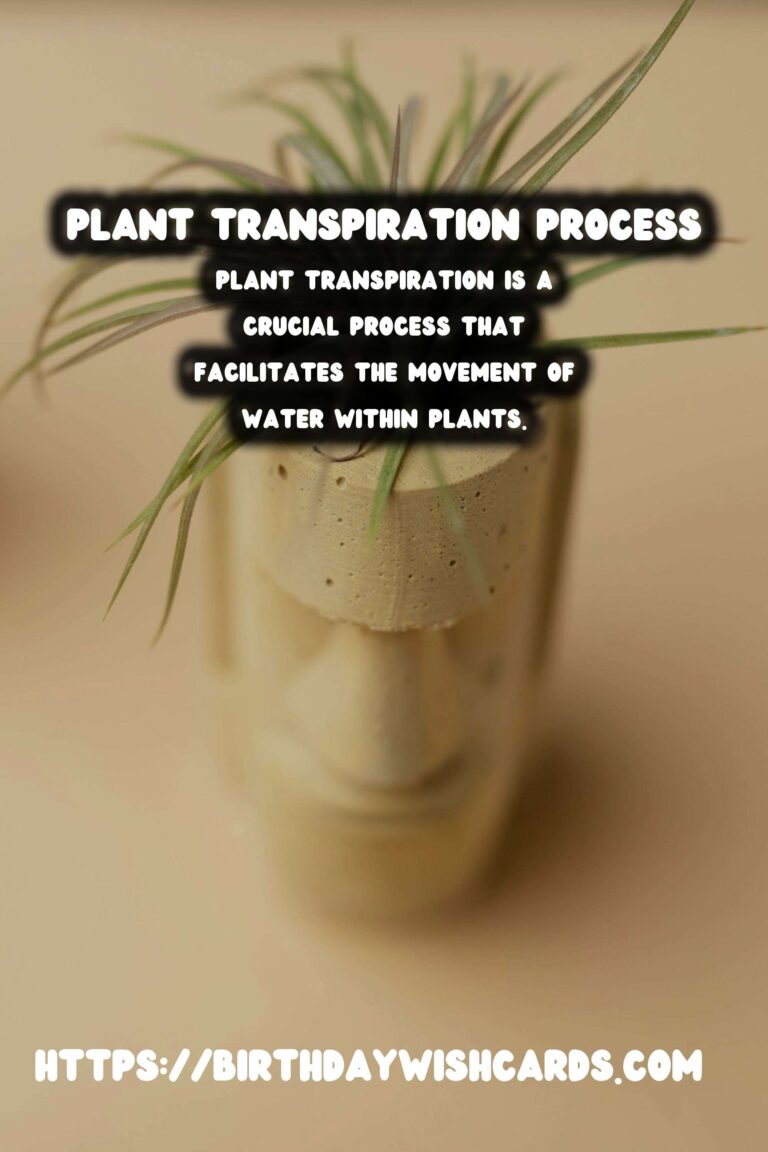
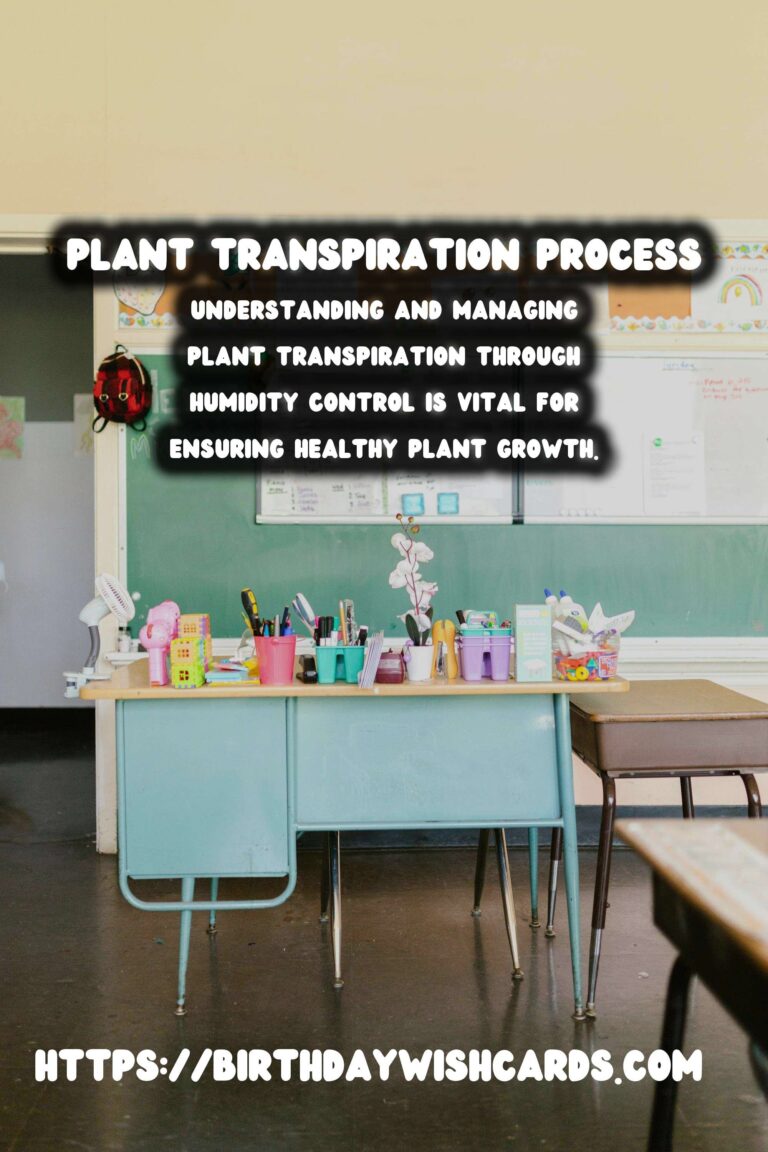
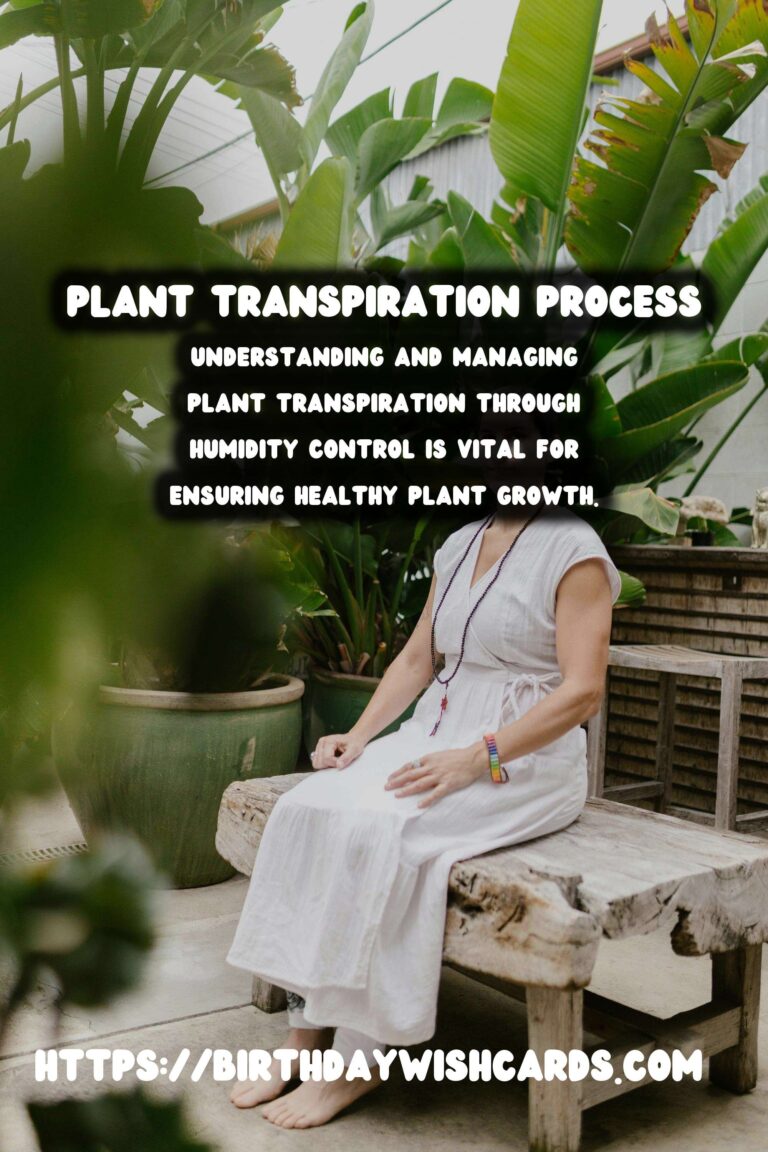

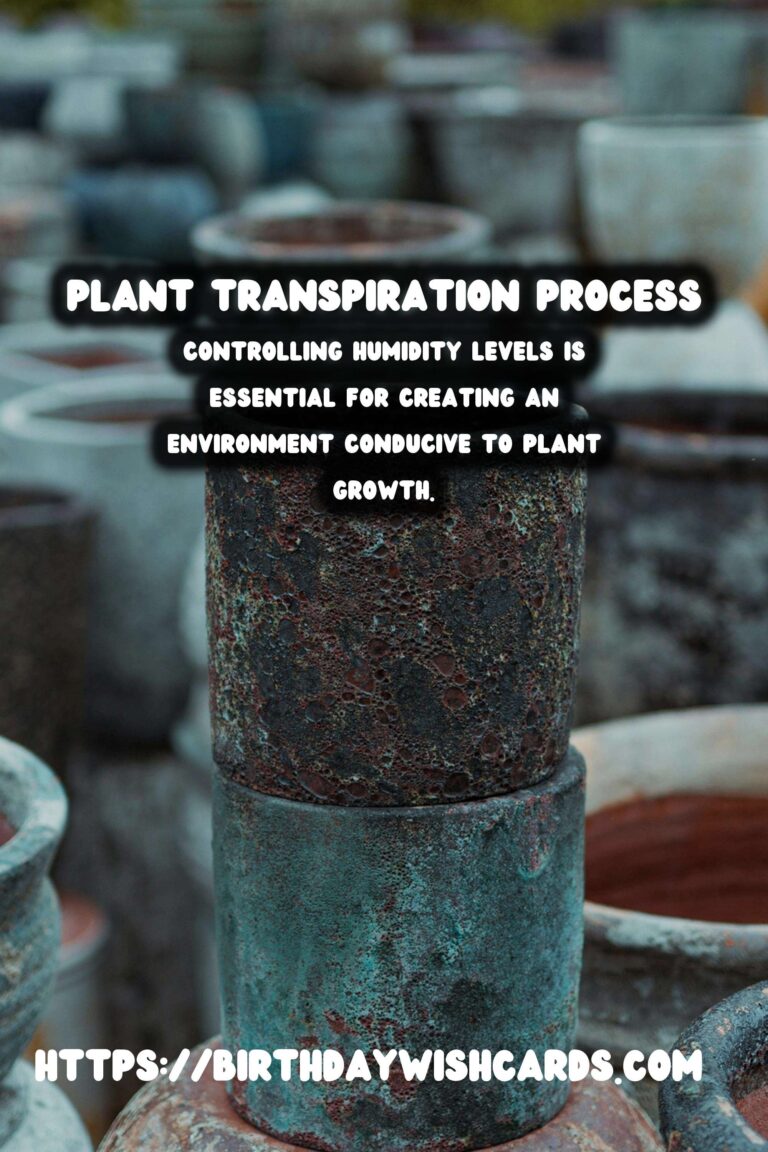

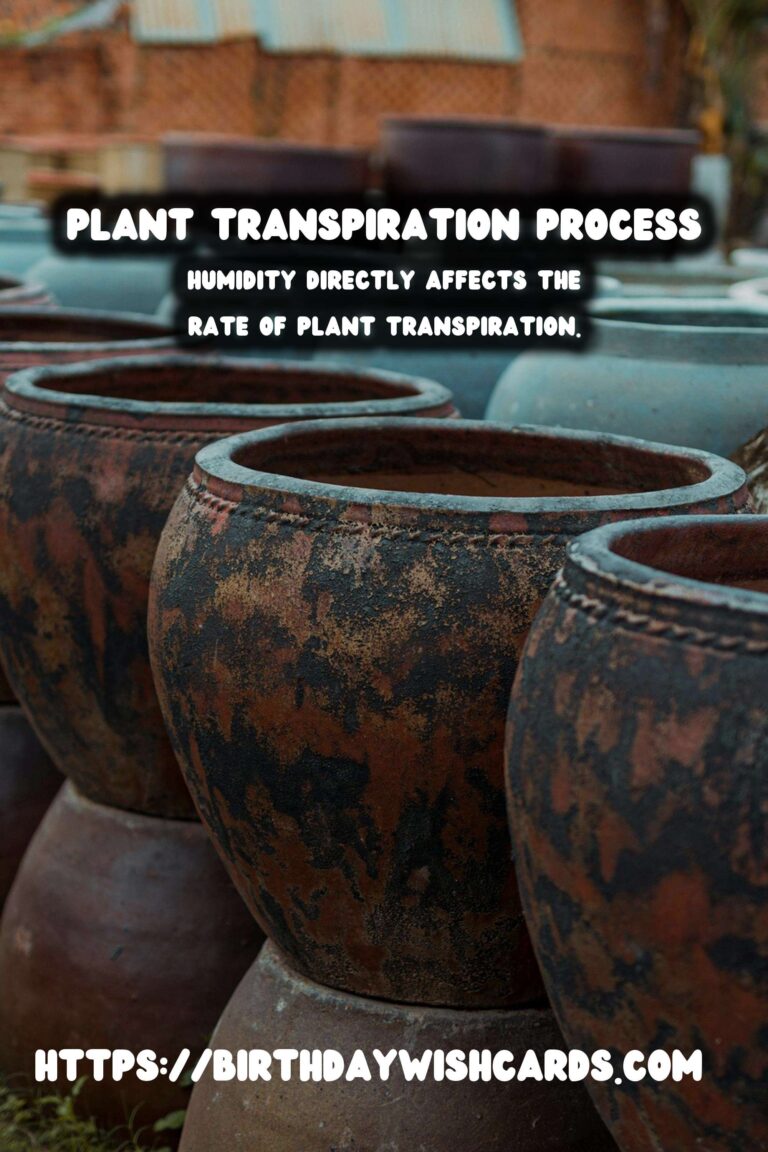
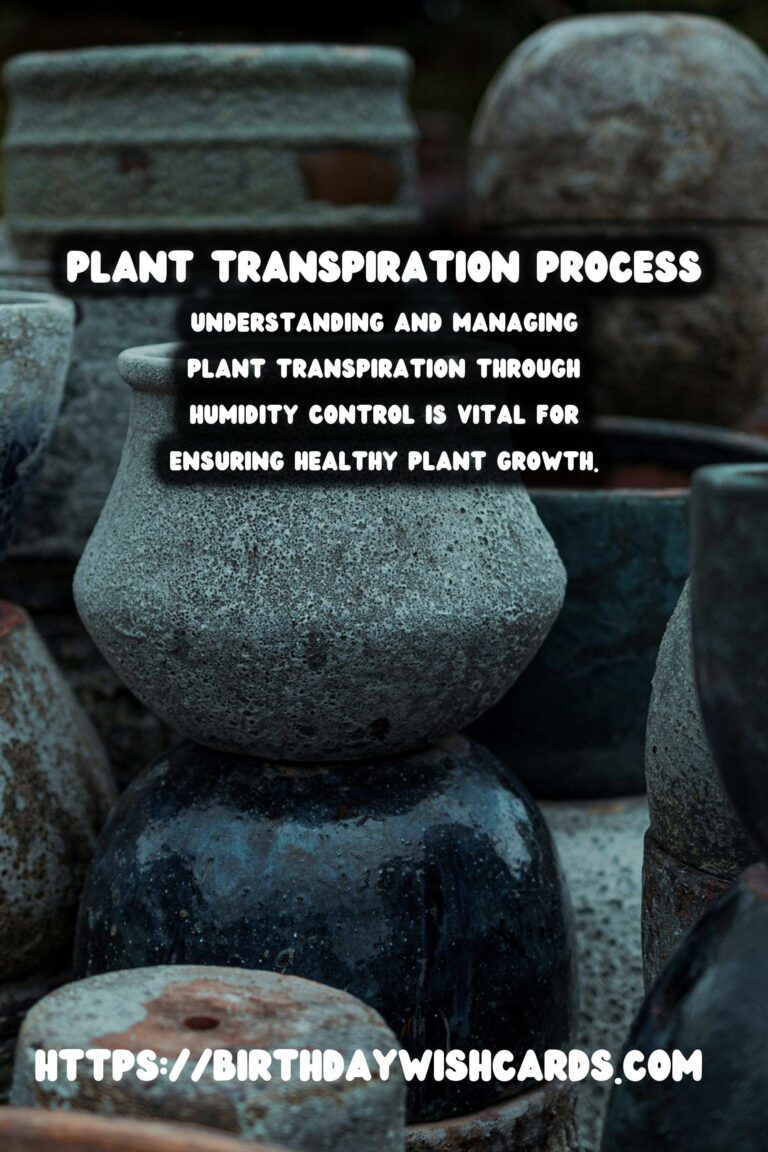
#PlantTranspiration #HumidityControl #Gardening #PlantHealth #Botany




